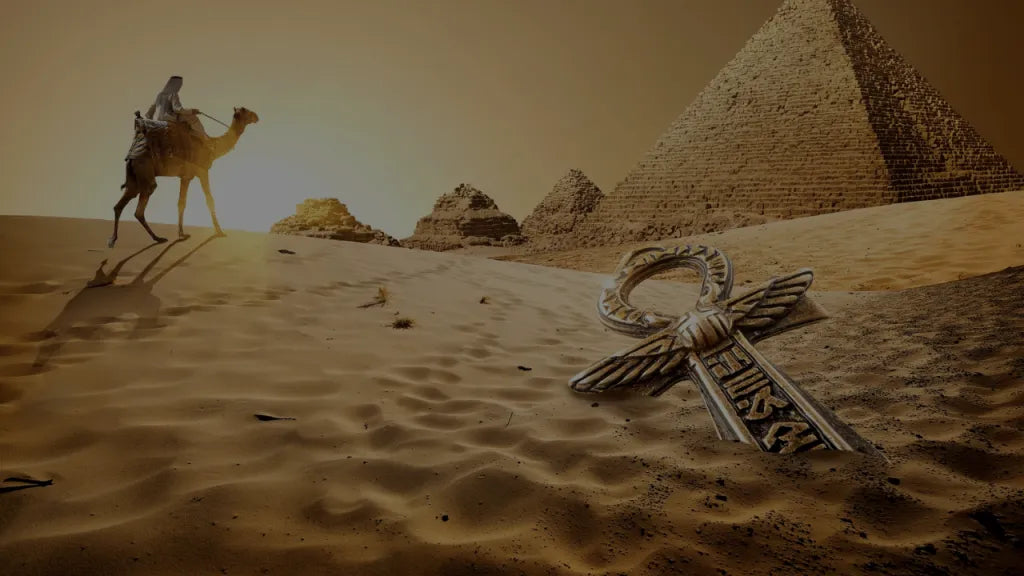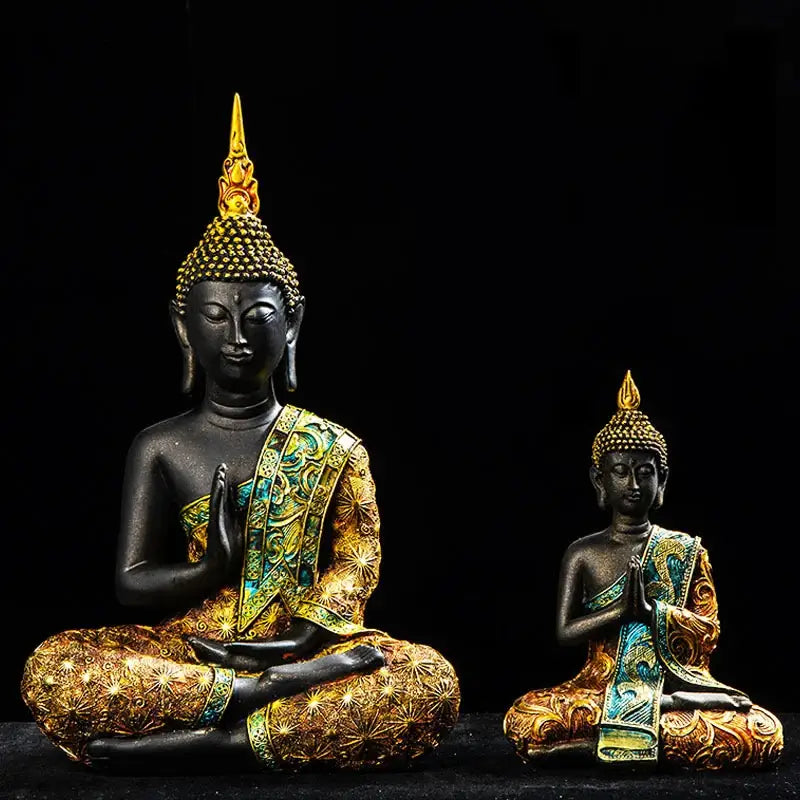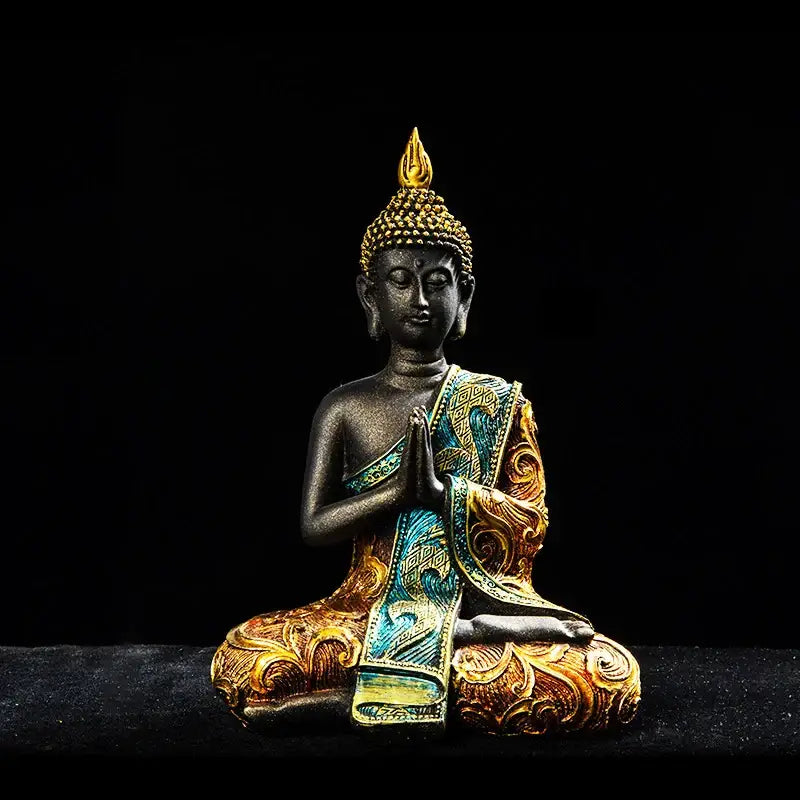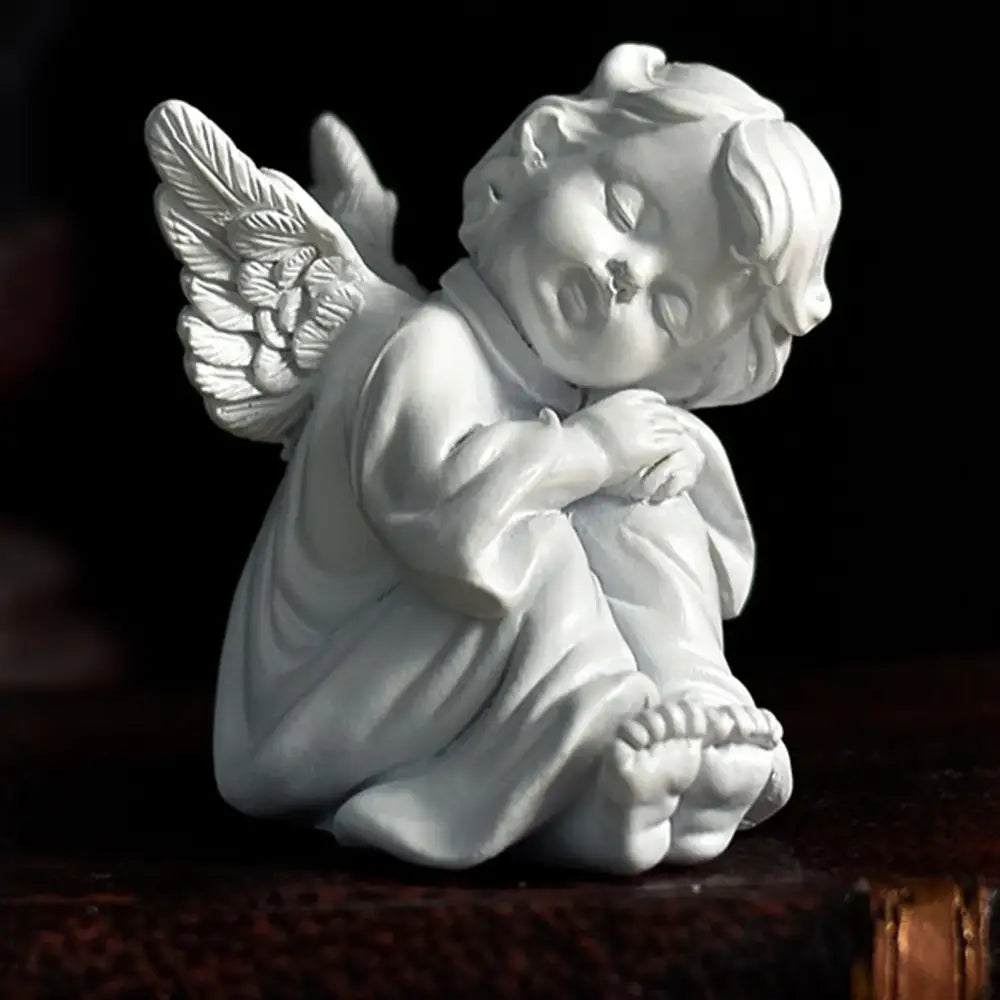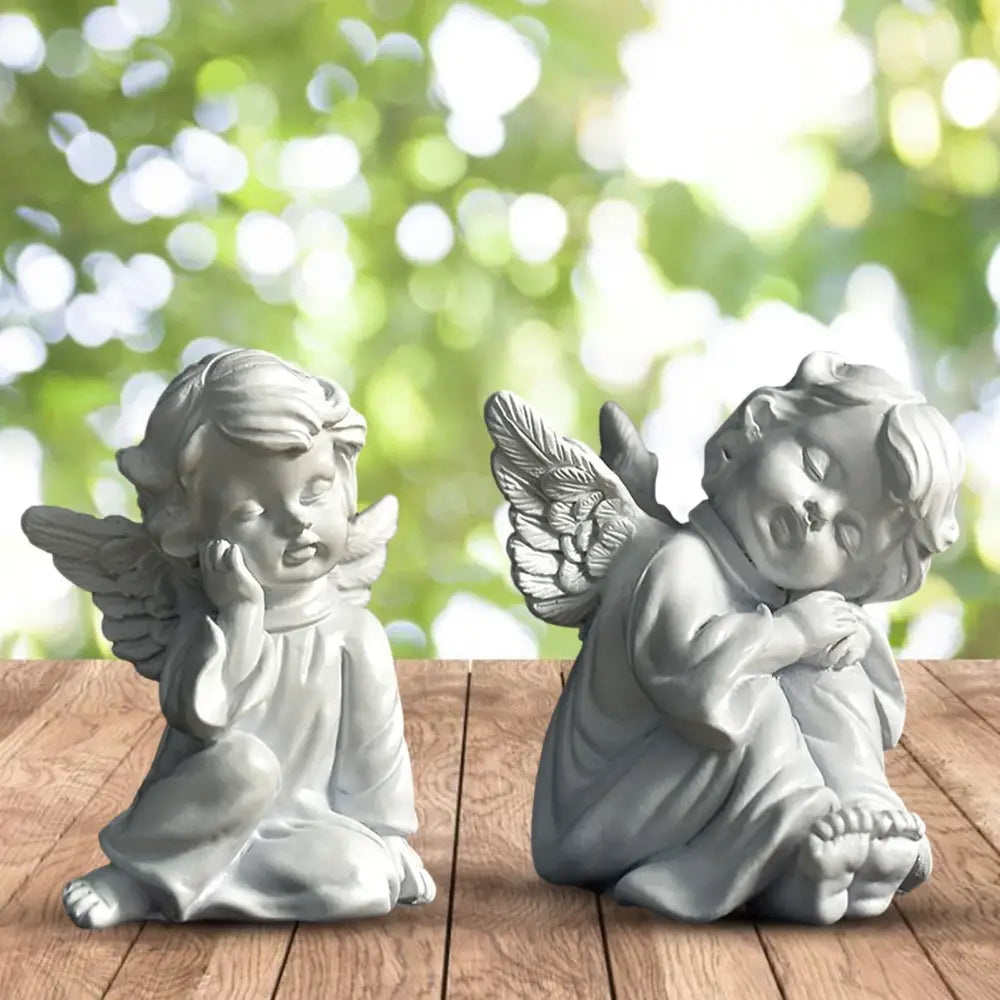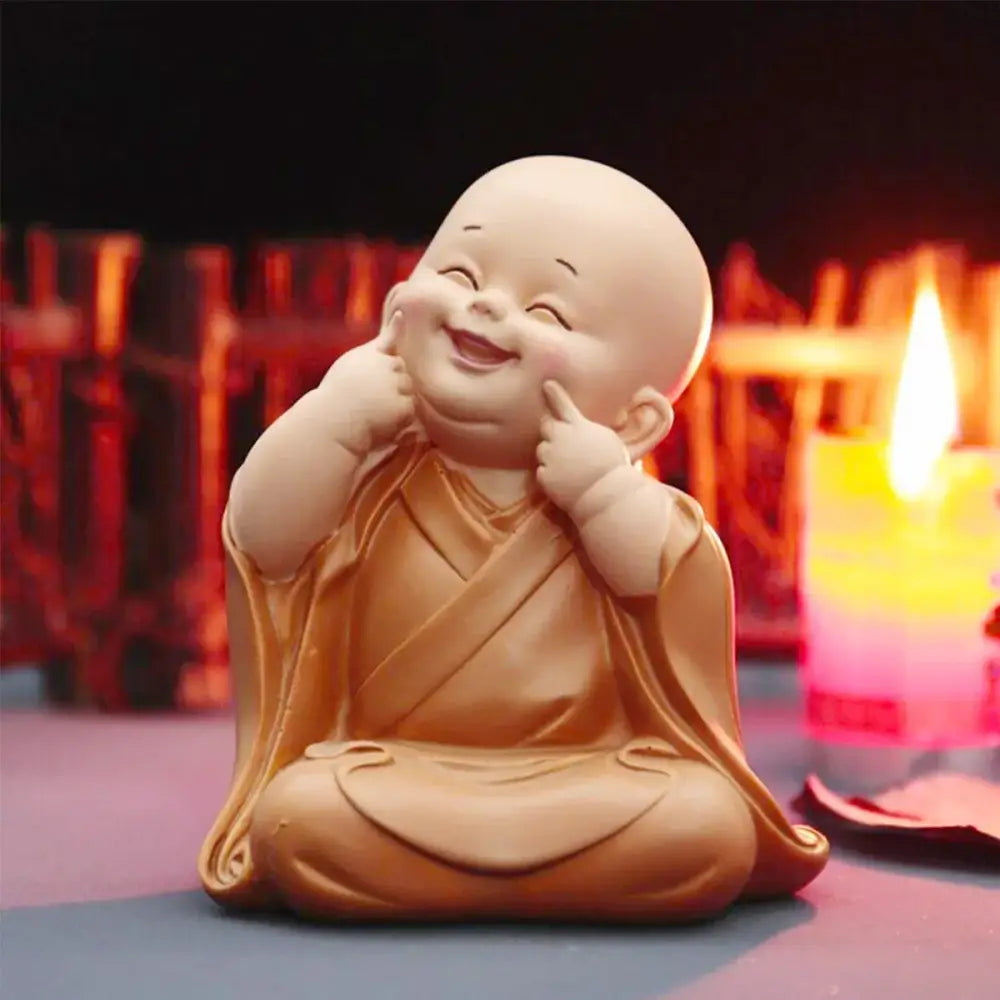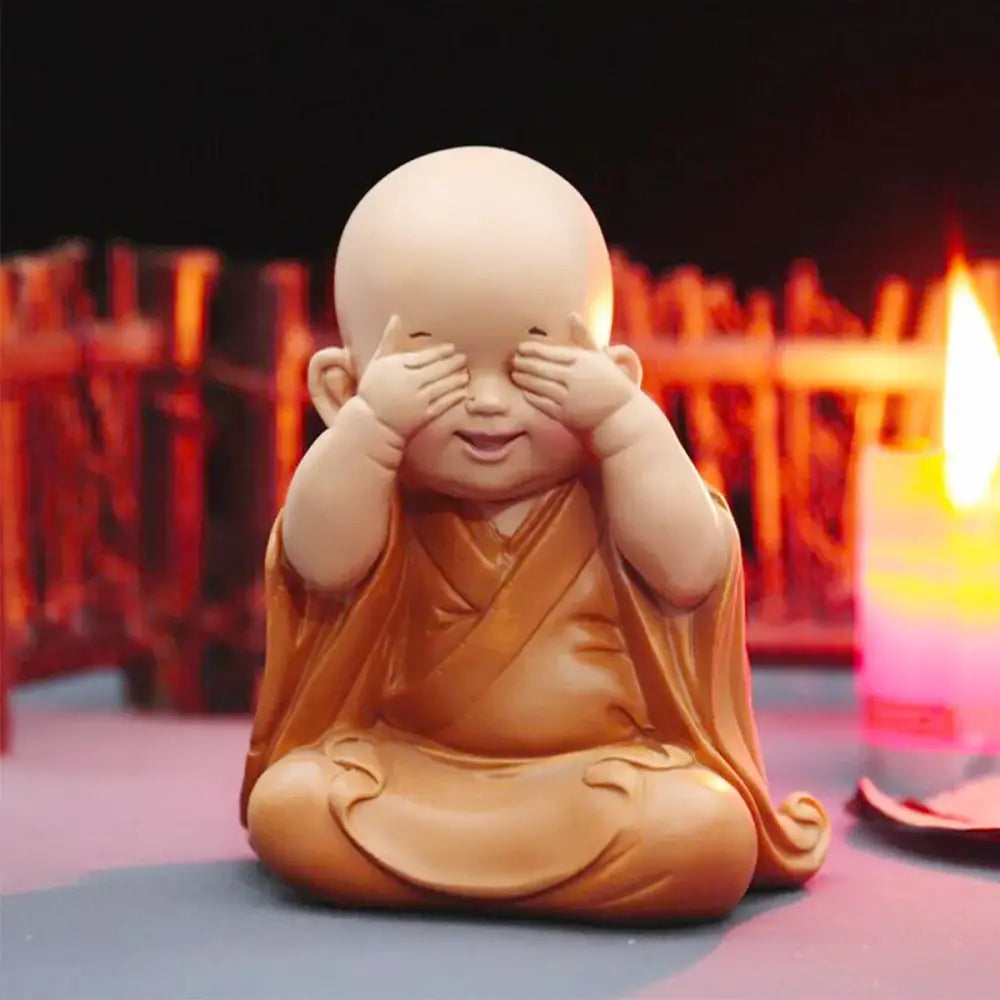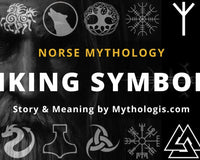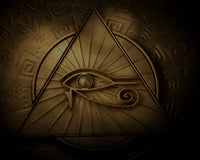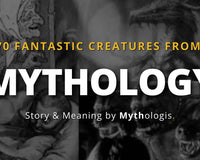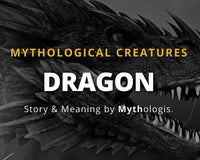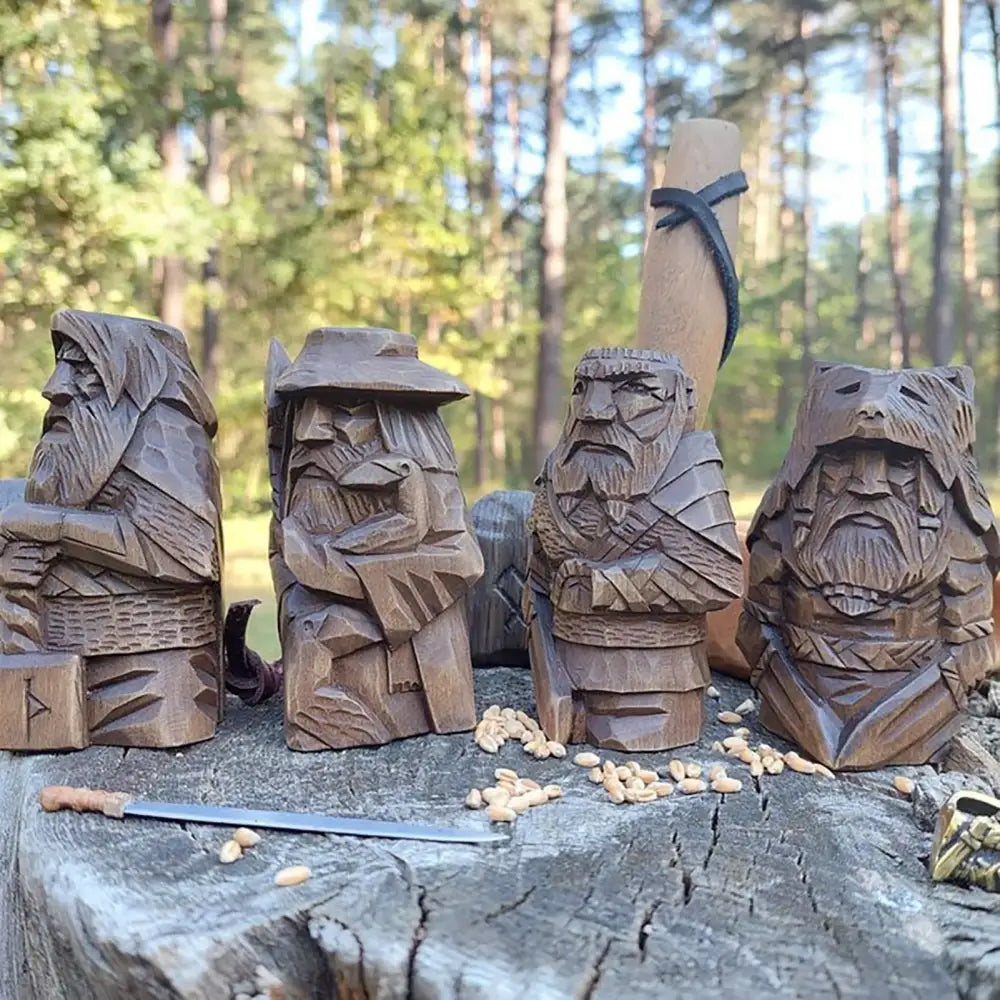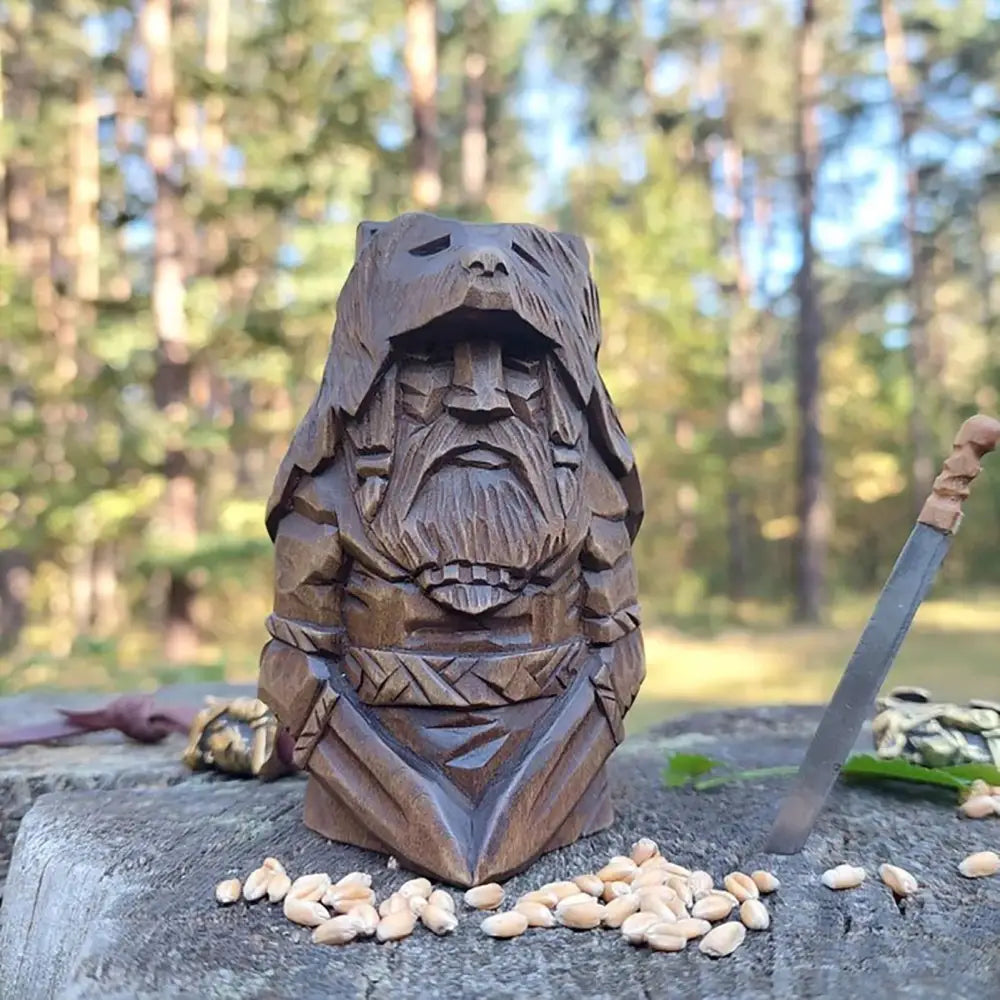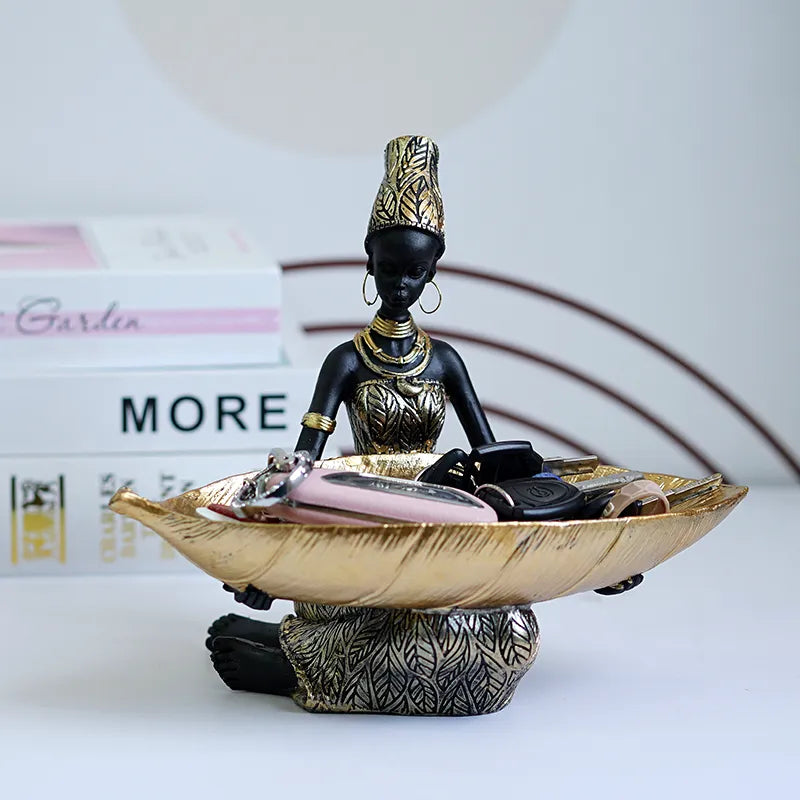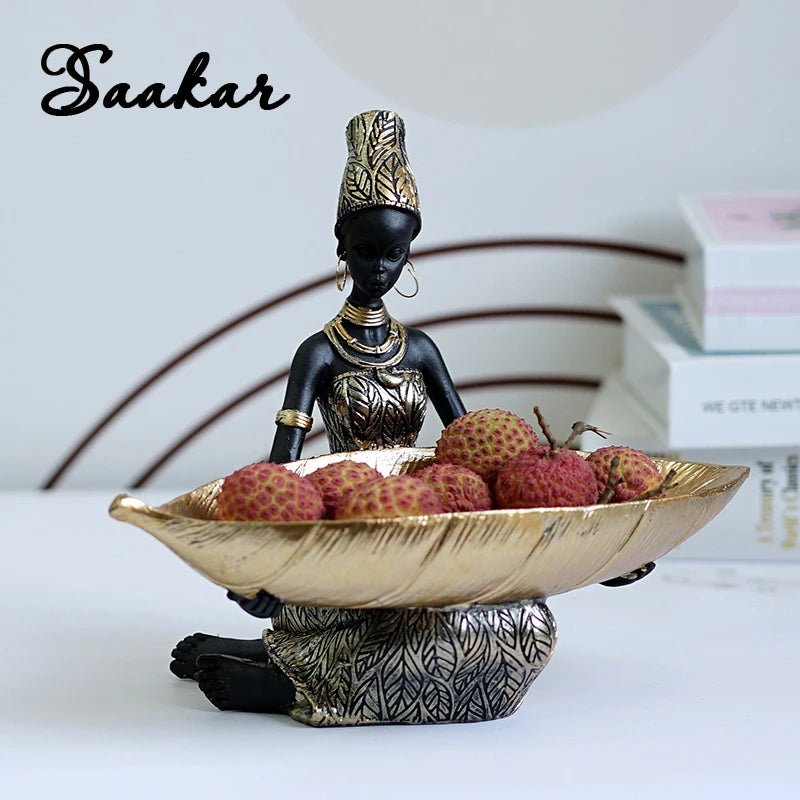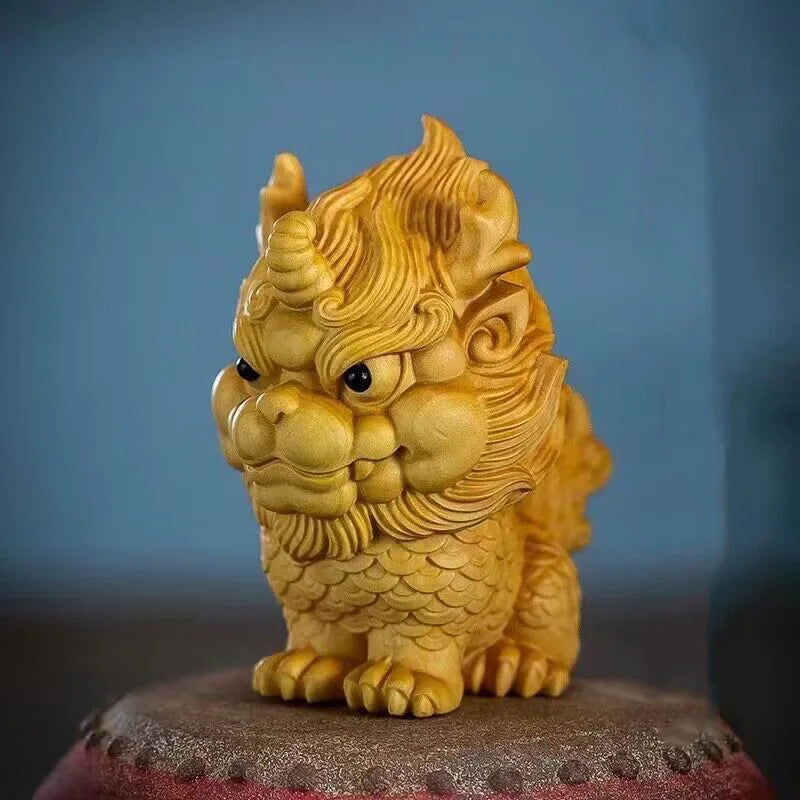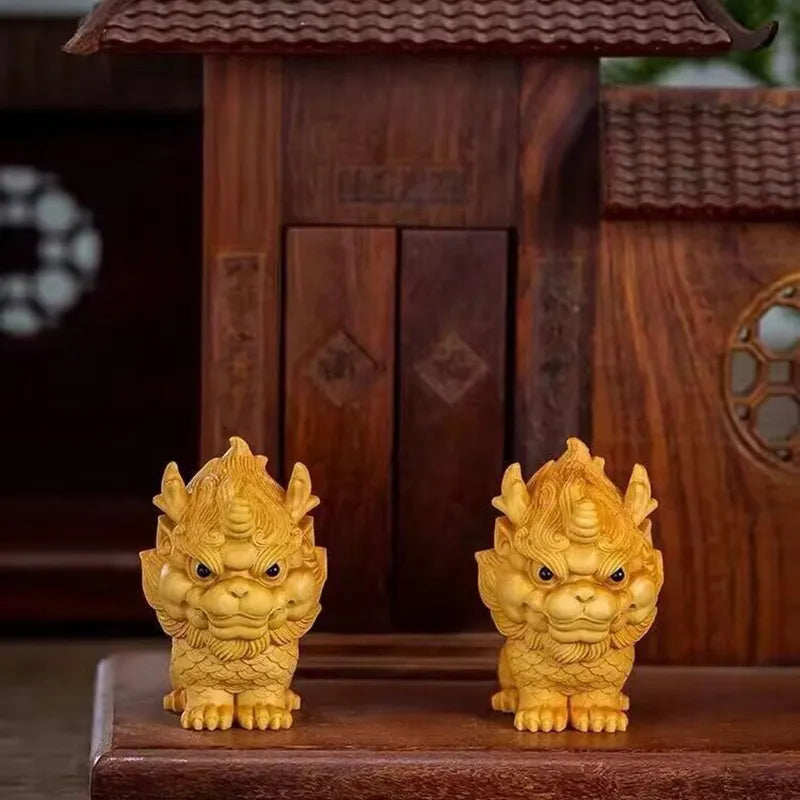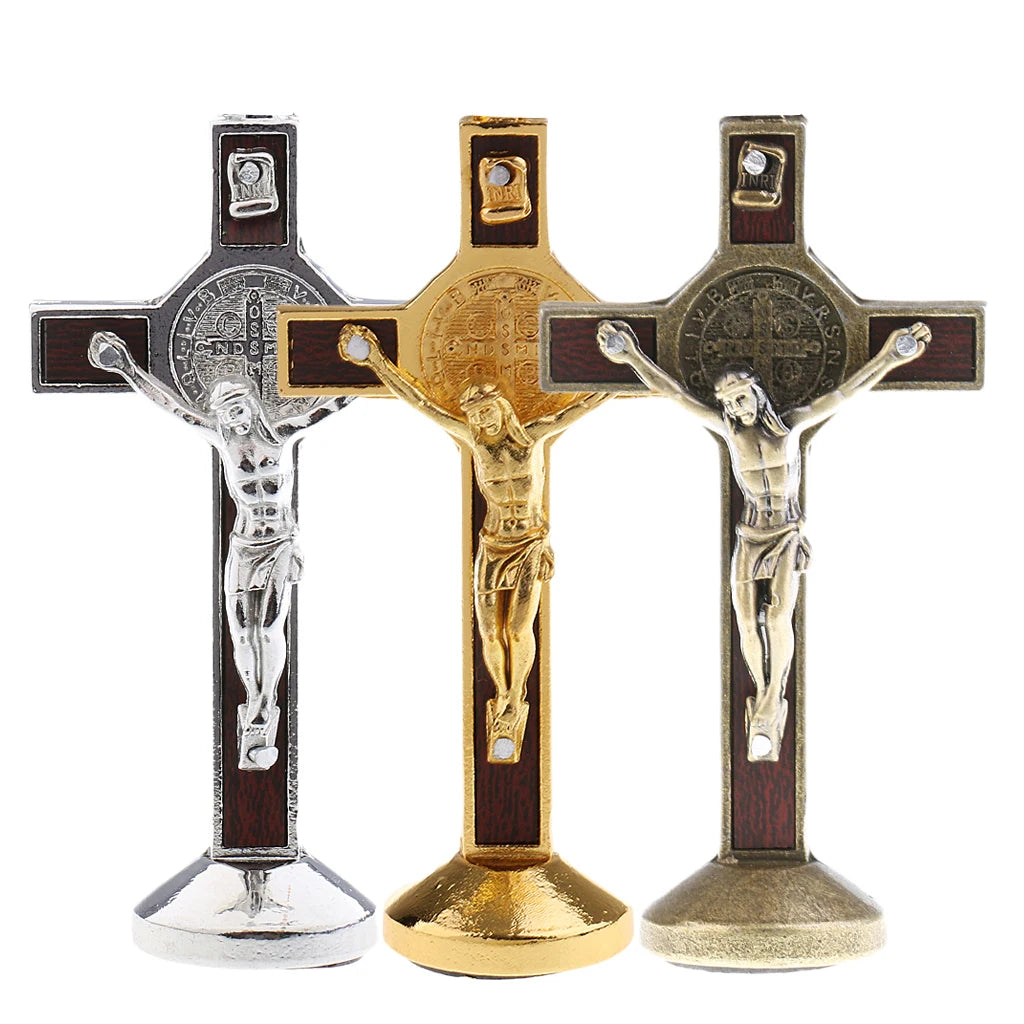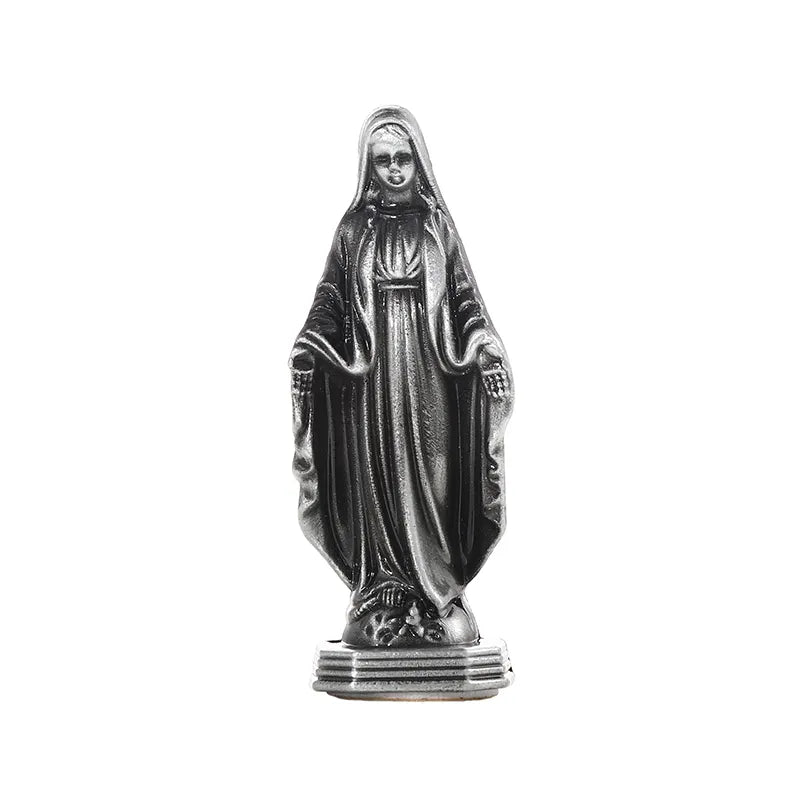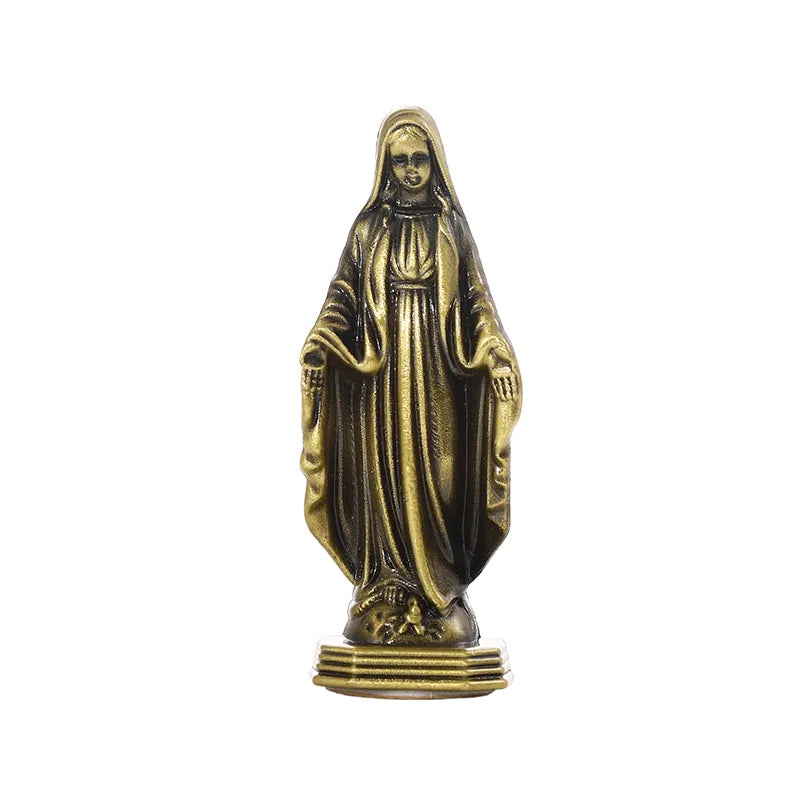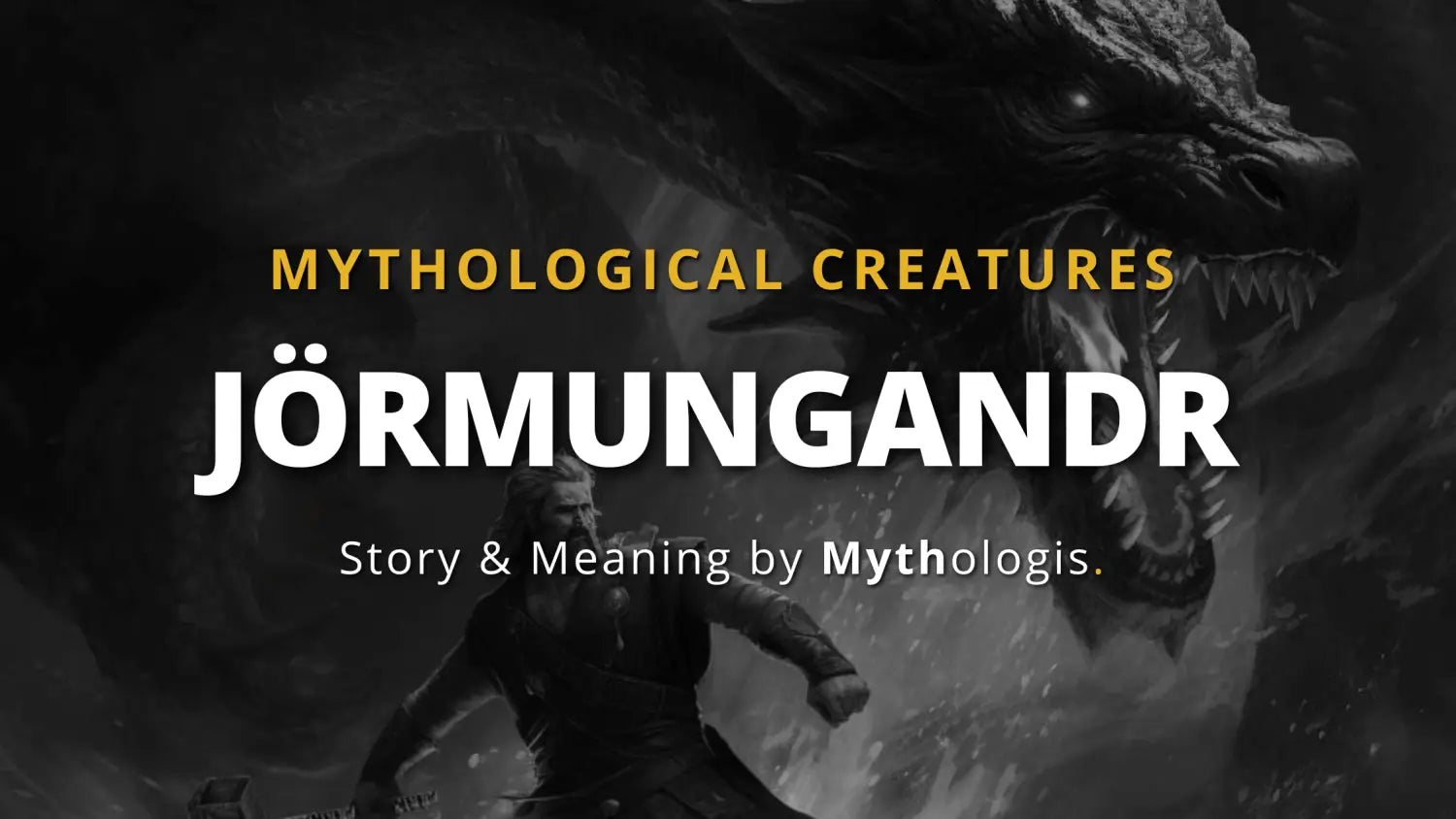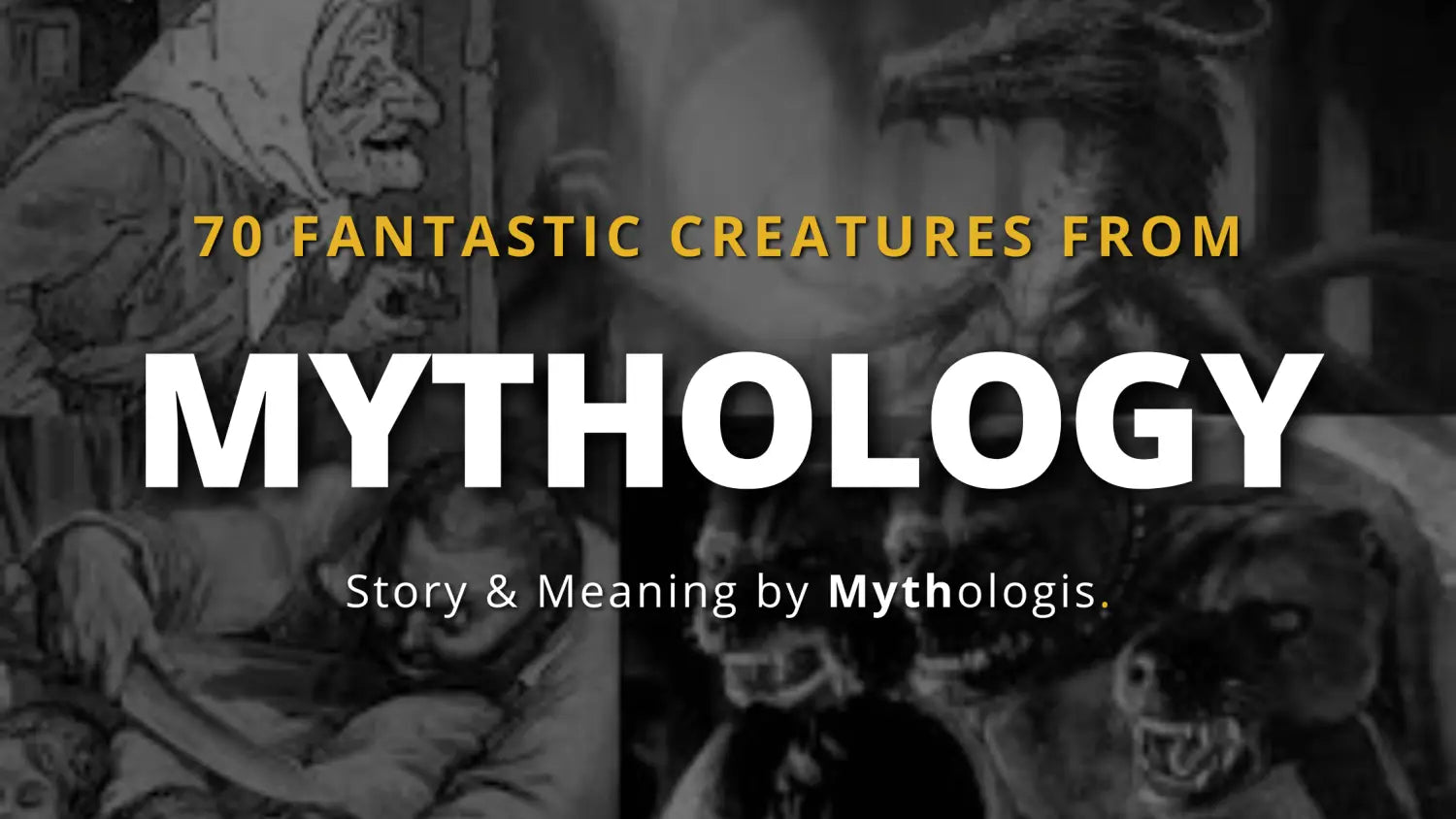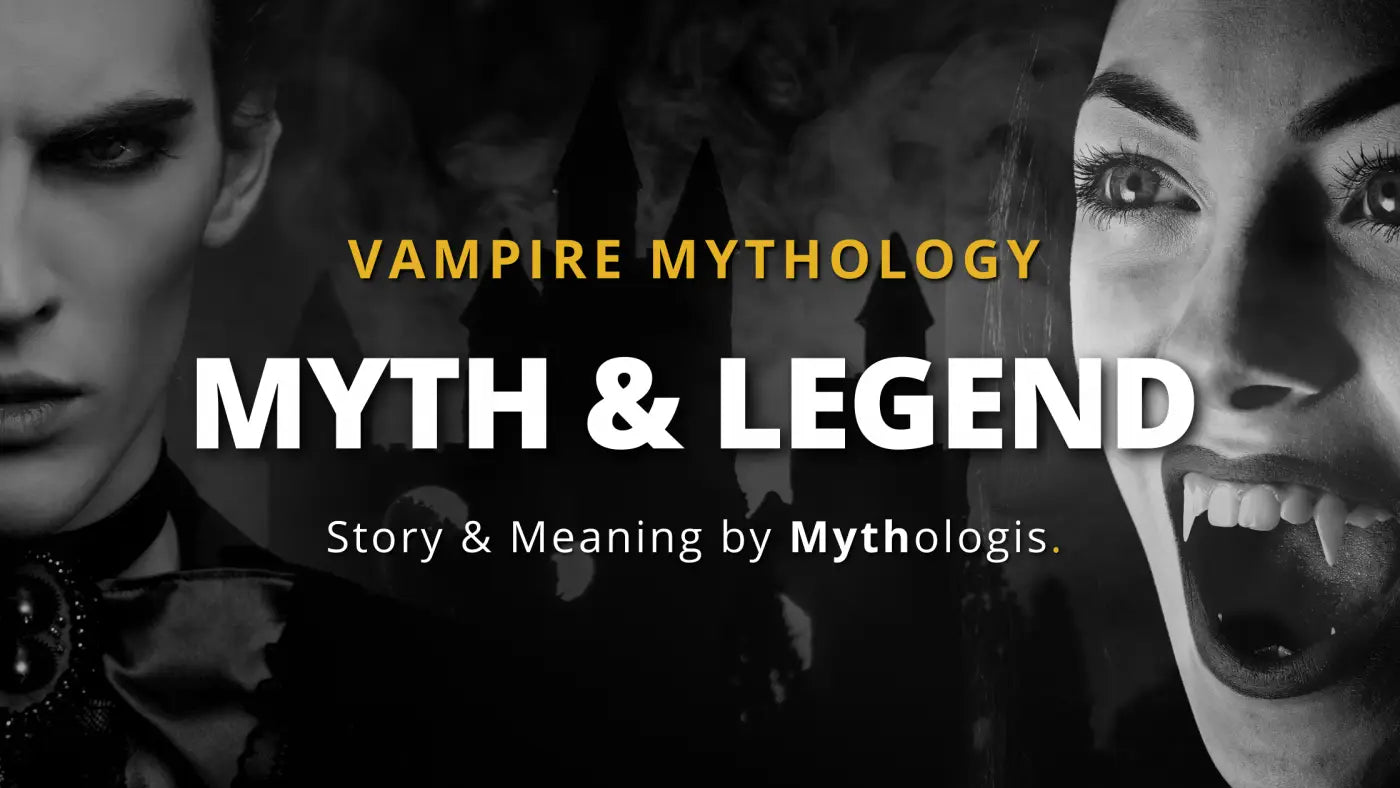Looking for a complete introduction to Ankh the Egyptian Cross of Life in just a few minutes? You’ve come to the right place! Read on !
Ankh : Many meanings for the Egyptian Cross of Life
Different people have different religions. Each religion has its own symbols and characteristic signs.
Just as the symbol of Christianity became the cross, known in several variants, and before it was a fish sign, the ânkh is also a symbol of Egypt’s ancient religion.
Many interpretations of the ânkh
Some interpret this symbol in both its parts; the oval shape symbolizes the eternity of living deities, and the cross that comes out of it is the continuation and extension.
Ankh Meaning
In Egyptian hieroglyphics since the Old Kingdom, the ânkh symbolized life but not the “life” (that normal, ordinary life) we think of. The ancient Egyptians associated the symbol with the spiritual life of the soul, which most of us do not even think about in our daily lives.
But the ânkh is also subject to other interpretations. It combines the two forces of life; the male and female symbols of Osiris and Isis.
It is the union between heaven and earth, and the unification between the feminine and masculine principle.
Egyptian Cross of life
Left: Sekhmet, represented as a lion-headed woman holding the ânkh.
Right: Isis with the ânkh, as depicted on the walls of Nefertititi’s tomb (late 18th dynasty).
It was also a symbol of fertility, because the loop of the sign was associated with a woman’s belly. Later, it received a magical meaning because it was believed to possess a mystical life force.
Mystics and lovers of secret knowledge from the 19th century and even the movements of the New Age of the 20th century considered the ânkh as a powerful symbol of prosperity, health, good fortune and protection against defeat, fall and total destruction.
The ânkh has been associated with many Egyptian deities
There are many representations of Egyptian deities holding the ânkh. Ma’at, the goddess of truth, holds one in her hand; however, we usually see the goddess Isis holding it. Also, Atum, Heliopolis’ sun god and Sekhmet, a warrior goddess and a goddess of healing, were often represented with this symbol.
ânkh Symbol
There are also representations of the pharaoh standing between the gods and holding the ânkh on his palm. In this case, the sign underlines the divine nature of the pharaoh.
The ankh decorates the walls of Egyptian temples
In Egyptian tombs and other arts, the ânkh appears frequently. Symbol of an imperishable life force, it was painted on the walls of temples, stelae and in the friezes of objects, especially near the feet, to provide divine protection to the dead.
He often appears at the fingertips of a god or goddess in images that represent the deities of the afterlife and confer the gift of life on the mummy of the deceased.
Many representations show the symbolic combination of water and air in scenes where a god who holds the ânkh before the king’s nose, giving him the “breath of life”, or when a stream of water forming the ânkh, flows over the king during ceremonial purification.
- The ânkh is also known as the Egyptian cross or crux ansata, which in Latin means “cross with a handle”.
Ankh Symbol
The royal seal of Hezekiah, king of Judah. The ânkh is clearly visible. Photo: Dr. Eilat Mazar/ Ouria Tadmor.
When Christianity came to Egypt, the ancient Egyptian symbol of the ânkh was taken over by the Coptic Christians of the 4th century and their church adopted the ânkh as the only form of the Christian cross because of its cruciform form.
It is interesting to note that the ânkh symbolizing life and accompanied by a sun with two wings facing down, was found on an impression of the royal seal of King Hezekiah (727-698 BC).
The artifact was uncovered during the Ophel excavations at the foot of the Temple Mount in 2015.
The ânkh is a good amulet – but not for everyone
The ânkh is an appropriate amulet for those who wish to demonstrate their spiritual rather than religious beliefs.
Otherwise, the ânkh is the attribute of the god Amen (‘the hidden’), King of the gods, one of the most powerful gods in Egypt. It was often worn by Egyptians as an amulet, sometimes accompanied by two other hieroglyphics symbolizing “strength” and “health”. Ancient Egyptian mirrors were often in the form of ânkh.
This universal symbol has accompanied and influenced humanity at all ages, and it continues to influence modern people.
The ânkh is one of the many important symbols of ancient Egypt.

